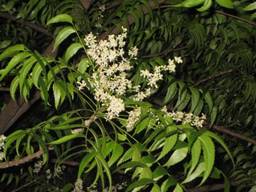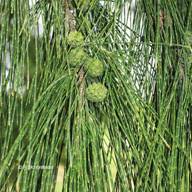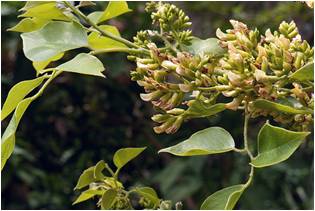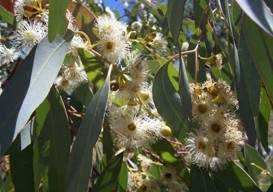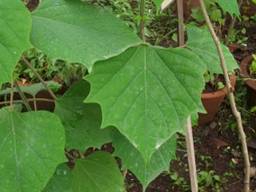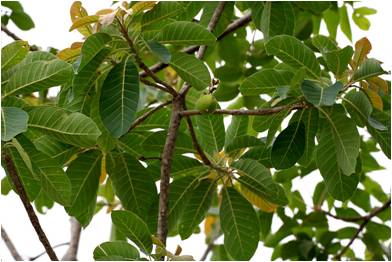
|
|||||||||||||||
| Home | About Forestry | Eco-Tourism | Forestry Addresses | FAQs | Contact Us | |
|||||||||||||||
| Clonal Forestry | |||||||||||||||
| Methods of Vegetative Propagation in Forest Trees | |||||||||||||||
| Introduction
The goal of vegetative propagation is to reproduce progeny plants identical in genotype to a single source plant. The biological process is known as cloning and the resulting population of plants is called a clone. Cloning can occur in nature by special vegetative structures (bulbs, tip layers, rhizomes, and runners). These structures provide a special advantage for colonizing a specific site, but generally, cloning is not favoured in nature because the process does not provide opportunity for the variation and evolutionary advancement that result from sexual production. Vegetative propagation provides a powerful tool in the selection of clones grown in cultivation. Immediate selection of a single superior plant genotype is possible and can be followed by more or less indefinite multiplication. The following are the successful vegetative propagation methods that have been developed for economically important species. |
|||||||||||||||
|
|||||||||||||||
|
REFERENCE: Surendran, C., Parthiban, K.T., Vanangamudi, K., and Balaji, S., 2000. Vegetative Propagation of Trees, Principles and Practices.1-154, TNAU press, Coimbatore-03. |
|||||||||||||||
| Home | About Forestry | Eco-Tourism | Forestry Addresses | FAQs | Disclaimer | Contact Us | |
|||||||||||||||
| © All Rights Reserved. TNAU-2016 |
|||||||||||||||
